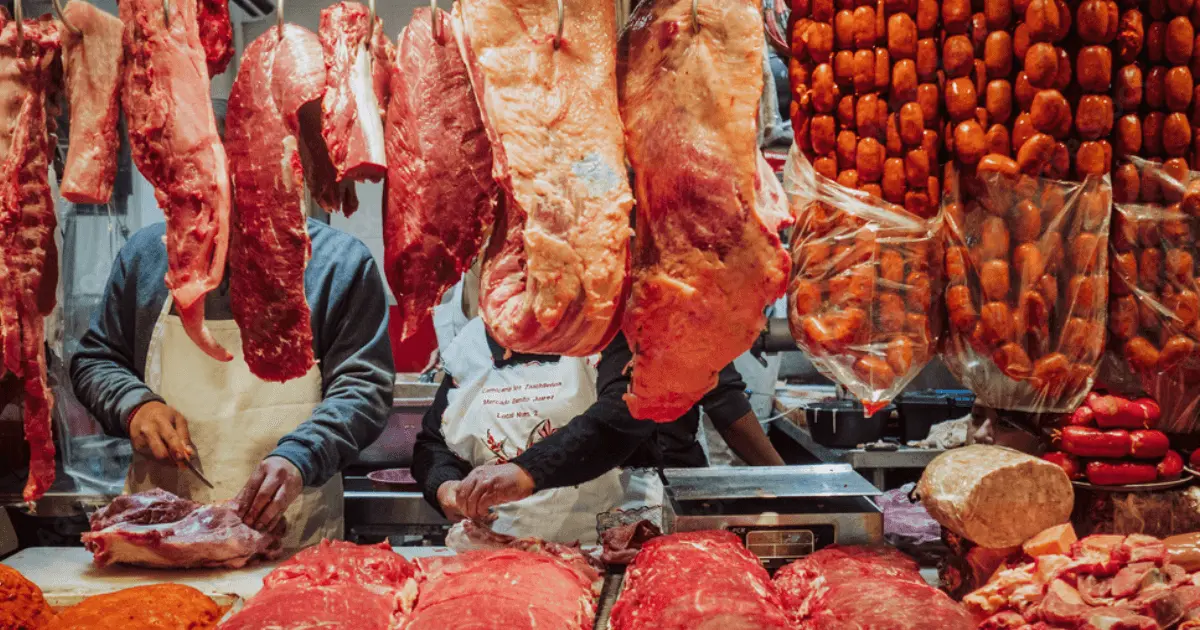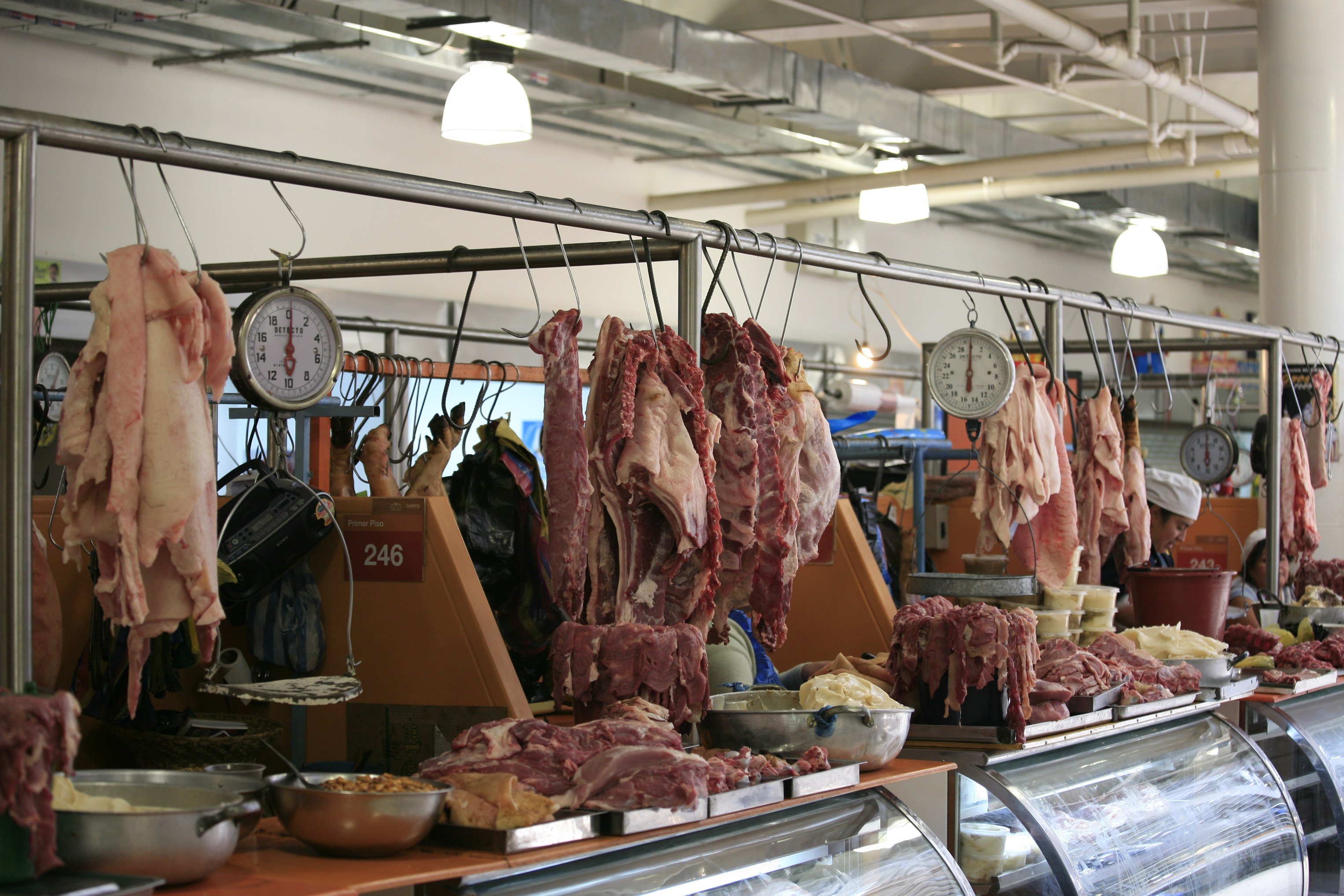Why Bagley Farms Meat Market Edwardsville IL Is the very best Choice for High Quality Meats
Why Bagley Farms Meat Market Edwardsville IL Is the very best Choice for High Quality Meats
Blog Article
Discover the Art of the Butcher's Cut in a Modern Meat Market
In the ever-evolving landscape of modern meat markets, the butcher's cut has transcended its traditional roots, combining olden craftsmanship with modern practices. What absolutely sets the modern-day butcher apart is their capacity to create a much deeper connection between consumers and the origins of their meat.
Development of Butchery Strategies

The mid-20th century saw butchery strategies further improved by clinical insights into muscle mass biology and meat aging, enhancing both tenderness and taste. Developments like vacuum cleaner product packaging and refrigeration extended item shelf-life, permitting butchers to expand offerings and enhance top quality control. This period also marked the rise of specialized tools, such as band saws and meat slicers, which enhanced accuracy and efficiency in meat processing.
Computerized systems currently assist in monitoring pet provenance and maximizing cuts to satisfy specific consumer preferences. Furthermore, a rebirth in artisanal butchery has arised, blending conventional abilities with contemporary knowledge to provide to customers seeking moral and lasting meat choices.

Comprehending Meat Cuts

Understanding the details of meat cuts is vital for both butchers and customers seeking top quality and value. Each cut comes from a different component of the animal, presenting special flavors, textures, and cooking approaches. Mastery of these differences not only enhances cooking experiences but likewise maximizes the utility of each carcass. For butchers, accurate cuts show ability and respect for the craft, making sure marginal waste and optimal yield.
The main groups of meat cuts consist of primitive, sub-primal, and retail cuts. Butchers then damage these down further into sub-primal cuts, before ultimately generating retail cuts offered to consumers, like ribeye or tenderloin.
Comprehending muscle composition is critical; muscular tissues used extra regularly by the pet tend to be tougher and are best matched for sluggish cooking techniques, while less-used muscles, like those discovered in the loin, are a lot more tender and perfect for grilling or roasting. Familiarity with these differences empowers customers to make educated selections, boosting their culinary undertakings.
Picking Top Quality Meat
Picking the appropriate meat includes more than just choosing an aesthetically attractive item from the display. The art of picking high quality meat requires a discerning eye and expertise of specific features that indicate freshness and excellence.
Secondly, think about the marbling, which describes the white streaks of fat within the muscle mass. Proper marbling is a vital indicator of like it inflammation and flavor, as it thaws throughout food preparation, enhancing the meat's juiciness. Remember, greater marbling commonly correlates with premium quality cuts, such as USDA Prime.
Structure is an additional vital variable; meat needs to feel solid to the touch, not slimy or overly soft. Furthermore, be mindful of the aroma. Fresh meat ought to have a clean, neutral smell, totally free from any kind of sour or off-putting odors.
Pairing Cuts With Food Preparation Methods
Successfully coupling cuts of meat with the suitable cooking approaches is important for accomplishing ideal taste and appearance. Different cuts vary in inflammation, marbling, and connective tissue content, each requiring details methods to open their capacity. For example, tender cuts like filet mignon and ribeye, with their intrinsic marbling, benefit from high-heat, quick-cooking methods such as cooking or pan-searing. These approaches boost the meat's natural flavors and make certain a juicy surface.
Alternatively, harder cuts like brisket and chuck roast are rich in collagen, which damages down right into jelly when prepared slowly. These cuts are suitable for braising or sluggish roasting, enabling the meat to tenderize gradually and establish deep, intricate tastes. Similarly, cuts such as brief ribs and pork shoulder fare well with slow-cooking approaches, where expanded cooking times change their durable appearances into succulent dishes.
Lamb shanks and oxtail, which need extended food preparation to soften, are excellent prospects for cooking or slow-moving simmering. These methods coax out abundant, passionate tastes while keeping dampness. By comprehending the distinct qualities of each cut, chefs and home cooks alike can boost their cooking developments, ensuring each meal is both satisfying and remarkable.
The Butcher's Duty Today
Browsing the advancing landscape of the contemporary meat market, the butcher's role today expands beyond plain preparation of cuts. Contemporary butchers are culinary artisans, instructors, and supporters for sustainable methods.
In enhancement to crafting accurate cuts, butchers currently engage straight with consumers, offering cooking recommendations and tailoring options to fit private needs and choices. Their knowledge in meat aging, marbling, and taste accounts empowers consumers to make informed choices, improving their culinary experiences. click site This personalized solution exhibits the butcher's advancing role as a relied on advisor in the kitchen area.
In addition, butchers are critical in reducing waste, making use of whole pets to develop varied products such as sausages and supplies - bagley farms meat market edwardsville il. This extensive approach not just respects the animal click this however also straightens with modern sustainability goals. By doing this, the contemporary butcher embodies both practice and innovation, adjusting to an ever-changing market while preserving the virtuosity and integrity of their craft

Final Thought
Mastery in comprehending diverse meat cuts and high quality signs encourages butchers to provide educated suggestions, aligning specific cuts with optimal food preparation approaches. By recognizing historical methods while welcoming modern demands, the butcher's duty stays important in today's sophisticated meat market.
Report this page